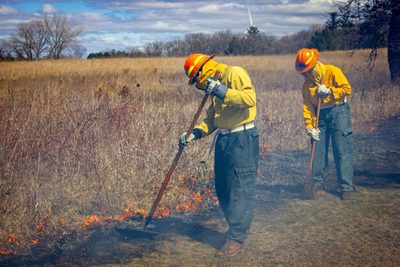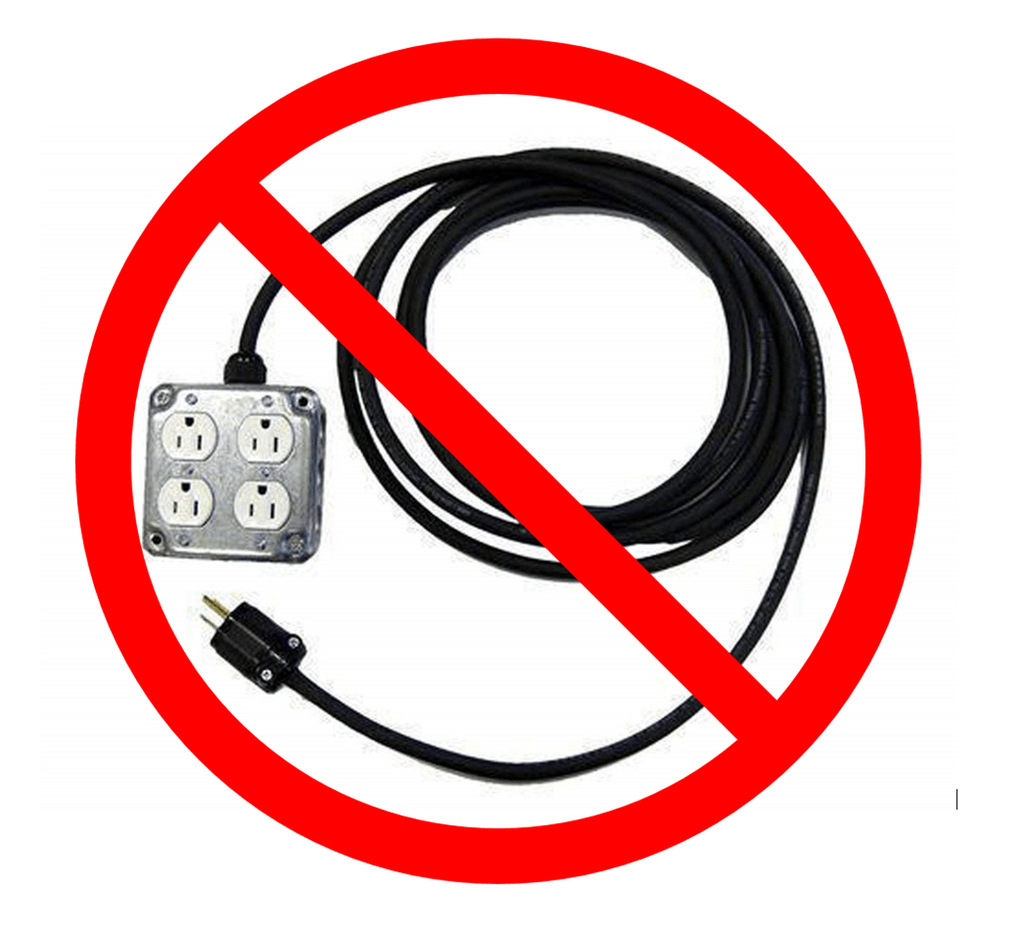The Environmental, Health, and Safety (EHS) Department at Carleton is dedicated to creating a safe and healthy environment for all members of the campus community. They are responsible for helping to develop, implement, and maintain policies and procedures that promote health, safety, and sound environmental management. For information on various policies, procedures, or practices, open the desired topic below.
Emergencies
Emergency management is handled by a number of departments. EHS maintains guidelines, consultation, and support for building emergencies. Security Services (x4444) oversees the bulk of the Emergency Information.
- Emergency Information Home: emergency information about active threats, fires, weather hazards, etc.
- CarlAlert Emergency Notification Service: learn about and sign up for emergency notifications
- Campus Emergency Phones: see the location of all campus emergency phones (blue lights)
- Automated External Defibrillators (AEDs): AED locations, program, and incident report
Fire Safety

Fire safety on campus is coordinated by three separate groups. Facilities ensure fire safety equipment is maintained, EHS ensures that faculty and staff are properly trained on how to use fire safety equipment and how to respond in an emergency, and Security Services provides a response to fire emergencies.
- Fire procedures in Emergencies Preparedness guide
- Office of Residential Life & Housing Fire Safety and Prevention
Chemical Safety
Academic departments using hazardous chemicals must have a chemical hygiene plan and provide appropriate training, respective to department-specific plans, for all employees and students who work with those materials; direct any questions to the Chemical Hygiene and Radiation Safety Officer (CH/RSO).
Biosafety
Biosafety for research at Carleton involving recombinant and synthetic nucleic acid molecules is overseen by the Institutional Biosafety Committee (IBC).
Radiation Safety
For information regarding the use and safety of radioactive materials on campus, contact the Radiation Safety Officer (RSO).
Waste & Recycling
EHS oversees the collection and disposal of hazardous waste at Carleton. If you are starting a project that may generate hazardous waste, find a substance that may be hazardous, or have questions about the process, contact the Chemical Hygiene Officer (CHO).
- Carleton’s Hazardous Waste Management Plan: provides details on best practices for classification, segregation, labeling, and collecting various types of hazardous waste.
- Safety Data Sheets (SDSs): beneficial when determining if a product is hazardous and how it should be disposed.
Non-hazardous waste (trash, recycling, and compost) and universal waste (lightbulbs, batteries, etc.) are overseen by Carleton Facilities and the Sustainability Office.
- Zero Waste Task Force: a coalition of students and staff working to make Carleton a Zero Waste Campus by 2030.
- Campus Disposal Policy: property disposal procedures as outlined by the campus handbook.
Outdoor Air Quality
Outdoor air quality can be impacted by a variety of sources; however, in our region, the primary source is wildfires. Exposure to high concentrations of wildfire smoke can cause eye or respiratory irritation, worsen chronic heart and lung diseases, and potentially cause acute and chronic health effects. Carleton College has a written policy in the Campus Handbook that faculty, staff, and students should follow when the outdoor air quality is poor.
Electrical Safety
The use of power strips is allowed as long as they are UL listed, have built-in overcurrent protection, have cords that are no longer than necessary for the application, should not be used for appliances or equipment requiring a large electrical load (i.e., microwave ovens), and are used within the manufacturer’s guidelines. Power strips must not be used with other power strips or extension cords in series.

Extension cords are for temporary use only. Temporary is defined as no longer than necessary but shall not exceed a 90-day period of time. The permanent use of extension cords is prohibited.
Cords must be inspected regularly for damage. External damage to the insulation may be repaired by a qualified electrician. Damage to internal wiring will require disposal of the cord.

Extension cords must not be run through walls, above ceilings, through window openings, under rugs and floor mats, or used in any manner that prevents inspection and risks damage to the cord. Extension cords running along or across areas of foot traffic must be secure to prevent a tripping hazard.

Shop-made extension cords with receptacle boxes do not meet electrical code requirements and cannot be used.